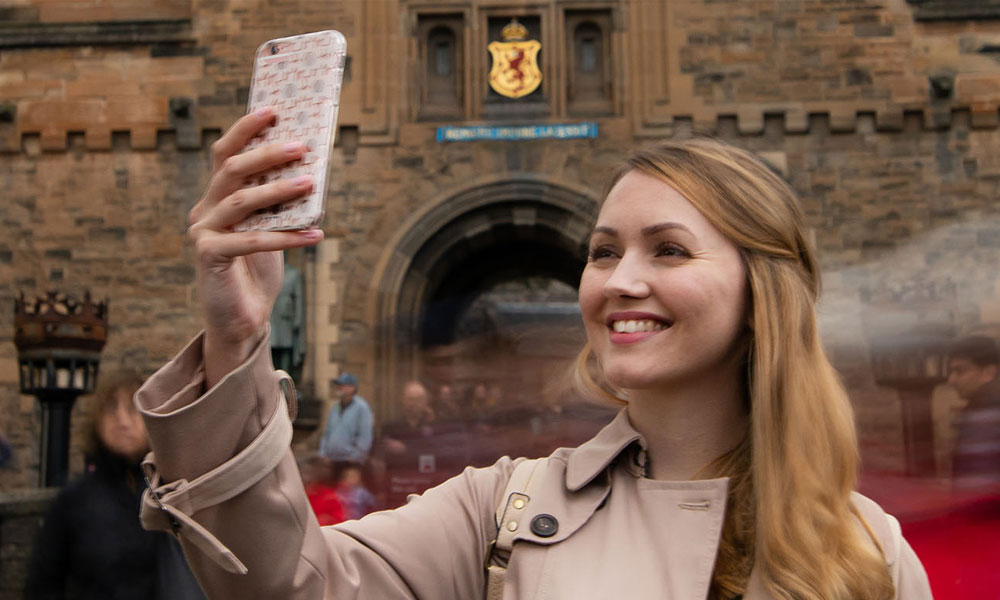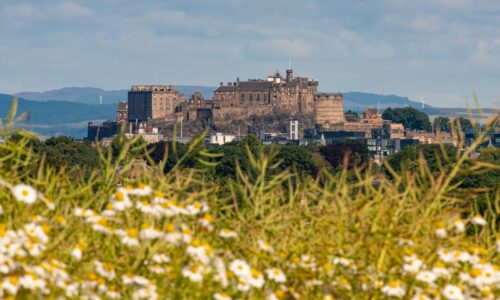
Reinventing Edinburgh Castle: A Romantic Revival
7 October 2024
From its beginnings as a royal stronghold to its later role as a military barracks, and finally, its transformation into a beloved tourist attraction, Edinburgh Castle’s journey is a fascinating story of cultural change.
But did you know that this evolution was significantly shaped by the Romantic movement of the late 18th and 19th centuries?
It redefined the Castle not just as a fortress, but as a symbol of Scotland’s rich and storied past. Find out how Edinburgh Castle was reimagined as a tourist attraction and one of Scotland’s unmissable landmarks.
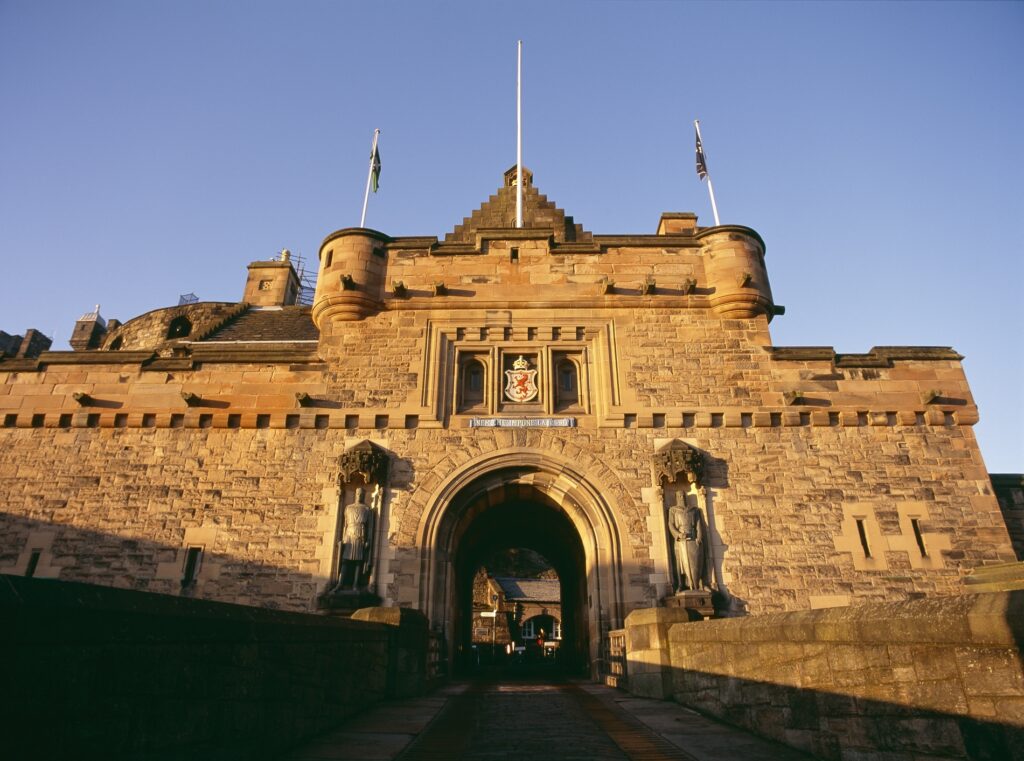
Edinburgh’s Gem and Urban Decay
Since the 1600s, Edinburgh Castle’s importance as a royal residence had been in decline. With the increasing professionalisation of the military over this period, the castle eventually became repurposed as a barracks.
New utilitarian buildings were constructed within the Castle’s walls. It gradually altered the Castle’s appearance to accommodate a growing number of troops. What was once an emblem of monarchical power was remodelled according to more functional aesthetics.
Later commentators condemned the changes. Sir Walter Scott himself sneered the 1799 New Barracks, would be flattered by a comparison to “the most vulgar cotton mill.”
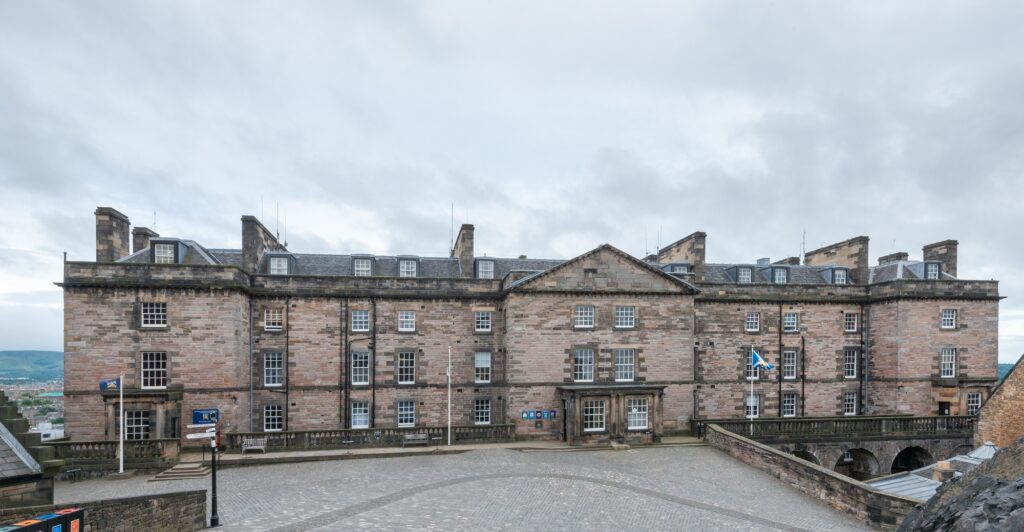
The New Barracks at Edinburgh Castle.
Meanwhile, just beyond the castle walls, the Old Town was experiencing a significant decline. Urban development was confined by the medieval city boundaries, resulting in overcrowding, poor living conditions, and decay.
In stark contrast, James Craig’s New Town, approved in 1767, embodied progress and the ideals of Enlightenment rationalism, with its Neoclassical facades and orderly street layouts. The difference between the dilapidated Old Town and the pristine New Town was stark.
Edinburgh Castle, jutting above the decaying streets, became associated with an archaic and disorderly Scottish past.
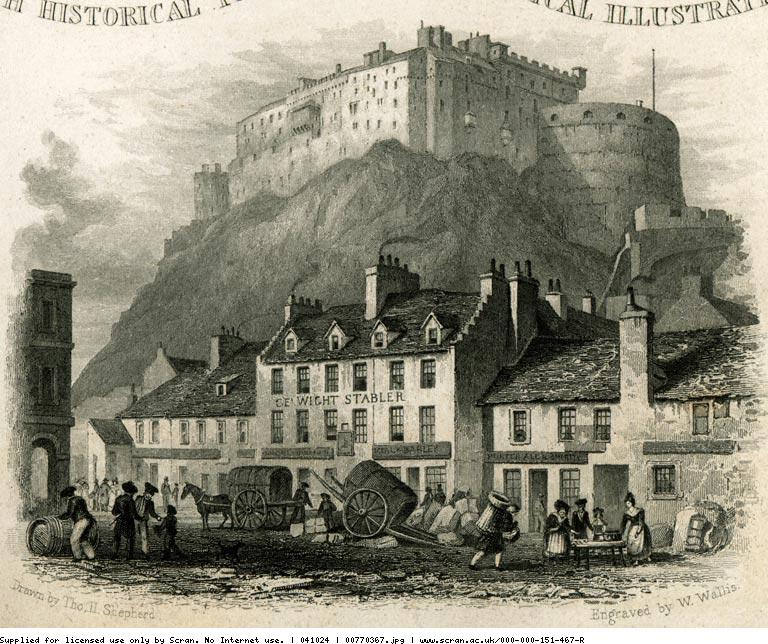
© National Museums Scotland. Licensor www.scran.ac.uk
A Cultural Change
This began to change with the growing Romantic movement. Romanticism was a reaction against both the Enlightenment and burgeoning industrialisation. It valued emotion and individualism; typified by a deep yearning for an idealised past.
In Scotland, writers like Sir Walter Scott and Robert Louis Stevenson played a key role in this cultural ideology. They reimagining Scotland’s landscapes and historical sites, including Edinburgh Castle, as symbols of a noble and romantic past.
Sir Walter Scott was particularly influential in reshaping the Castle’s image. Through his novels, poetry, and public events, Scott curated an image of Scotland that blended historical fact with romantic fiction. His historical Waverley novels propagated a nostalgia for a time when the Castle stood as a proud symbol of Scottish nationhood.
Scott’s influence extended beyond literature—he was instrumental in organising the pageantry for George IV’s visit to Edinburgh in 1822. Scott staged a spectacle that drew on exaggerated symbols of Scottish tradition, and engravings from the event depict esplanade awash with retro-Jacobite tartan. The occasion played a significant role in the reimagining Scotland’s past and transforming the Castle from a utilitarian military site into a prized historic landmark.
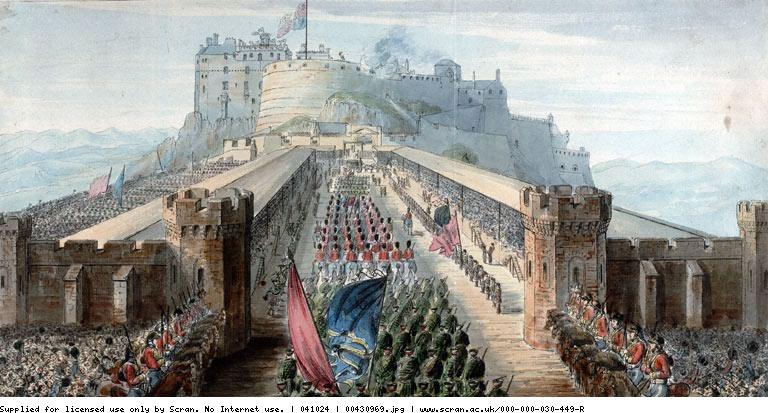
© Edinburgh City Libraries. Licensor www.scran.ac.uk
Scott’s words were reproduced across tourist guidebooks and local publications alike. Edinburgh’s The Builder magazine, published in 1865, quotes:
“The height,
Where the castle holds its state,
And all the steep slope down,
Whose ridgy back heaves to the sky,
Piled deep and massy, close and high,
Mine own romantic town.”
Robert Louis Stevenson also contributed to the reimagining of Edinburgh and its Castle. In his 1896 work Edinburgh: Picturesque Notes, Stevenson frames the capital subscribing perfectly to ‘the cannons of romance’.
He describes Edinburgh not just as a city, but as a dreamscape, where every stone seemed to whisper stories of the past. His evocative descriptions captured the imaginations of readers and further solidified Edinburgh Castle’s place as a symbol of Scotland’s Romantic heritage.
A New Gaze on Edinburgh Castle
The Romantic movement’s influence on Edinburgh was not limited to literature; it also informed the city’s architectural and urban development.
As Romantic sensibilities grew, a renewed interest in medieval and castle-like Baronial styles blossomed. This marked a departure from the Neoclassical austerity of the New Town. This architectural revival was part of a broader cultural shift that sought to reclaim and commemorate Scotland’s past. Edinburgh Castle, with its medieval grandeur and commanding location atop Castle Rock, became a focal point of this renewed interest. In 1891 the Great Hall was renovated to a medieval style by architect Hippolyte Blanc. The Argyle Tower was also added above the Portcullis Gate, complete with nostalgic crenelations and corbeling. Once criticised as “marred by a clumsy pile of barracks”, Edinburgh Castle became celebrated as a reminder of a time where Scotland was a land of heroes and legends.
This reclamation of the past coincided with new modernities. As railways sprung up across Britain, domestic tourism was becoming a popular pastime for the new middle classes. The opening of Waverley Station in 1846, named after Scott’s famous novel, and new access routes to the High Street ridge, were equally as fundamental to the reinvention of the castle as a tourist destination.
The transformation of Edinburgh Castle from a utilitarian military barracks to a romantic cultural icon is a testament to the power of the cultural imagination. The rise of the Romantic movement, championed by figures like Sir Walter Scott and Robert Louis Stevenson, played a crucial role in reimagining the Castle and the city itself.
Today, as we gaze upon Edinburgh Castle, we see not just a fortress, but a symbol of Scotland’s rich history—a history that continues to captivate visitors from around the world.
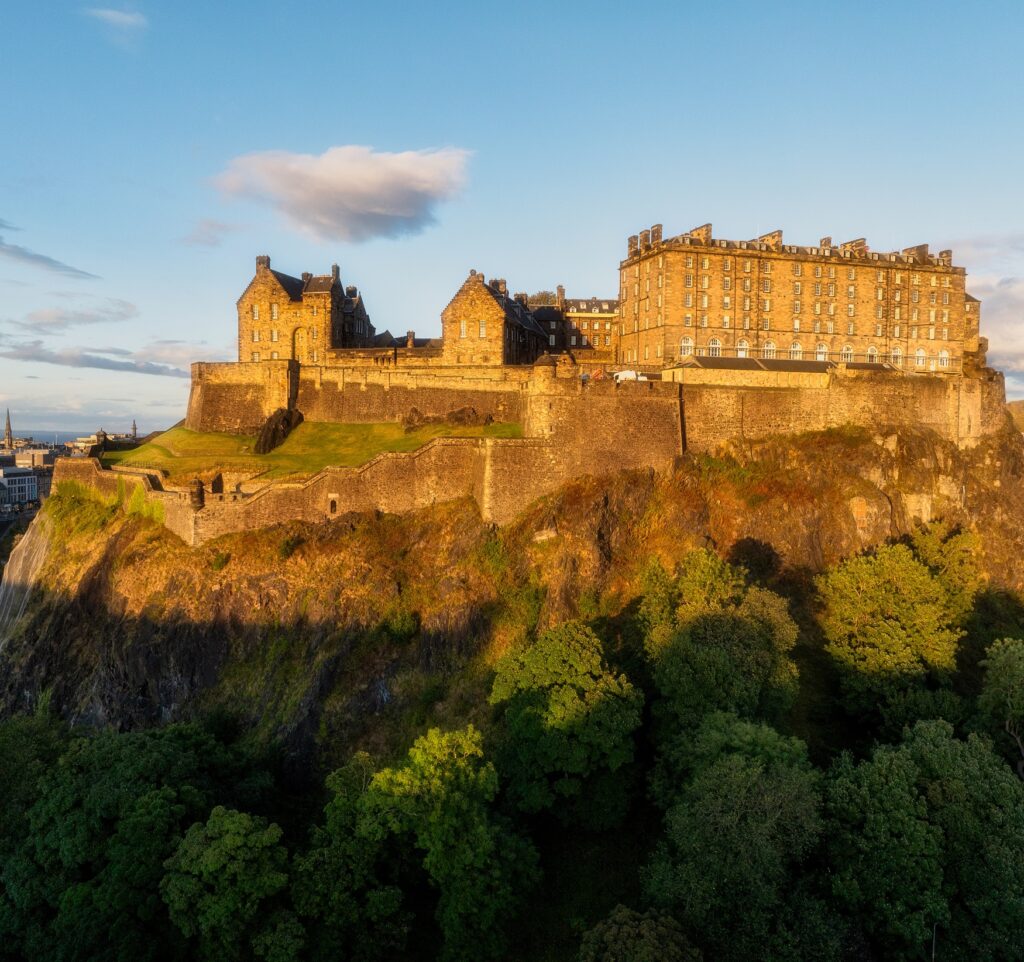
Explore Edinburgh Castle
Want to explore the history of Edinburgh Castle? From royal stronghold to military barracks, and finally, its transformation into a beloved tourist gem. Plan your visit
Written by Erin Cobo, Cultural Resources Trainee
